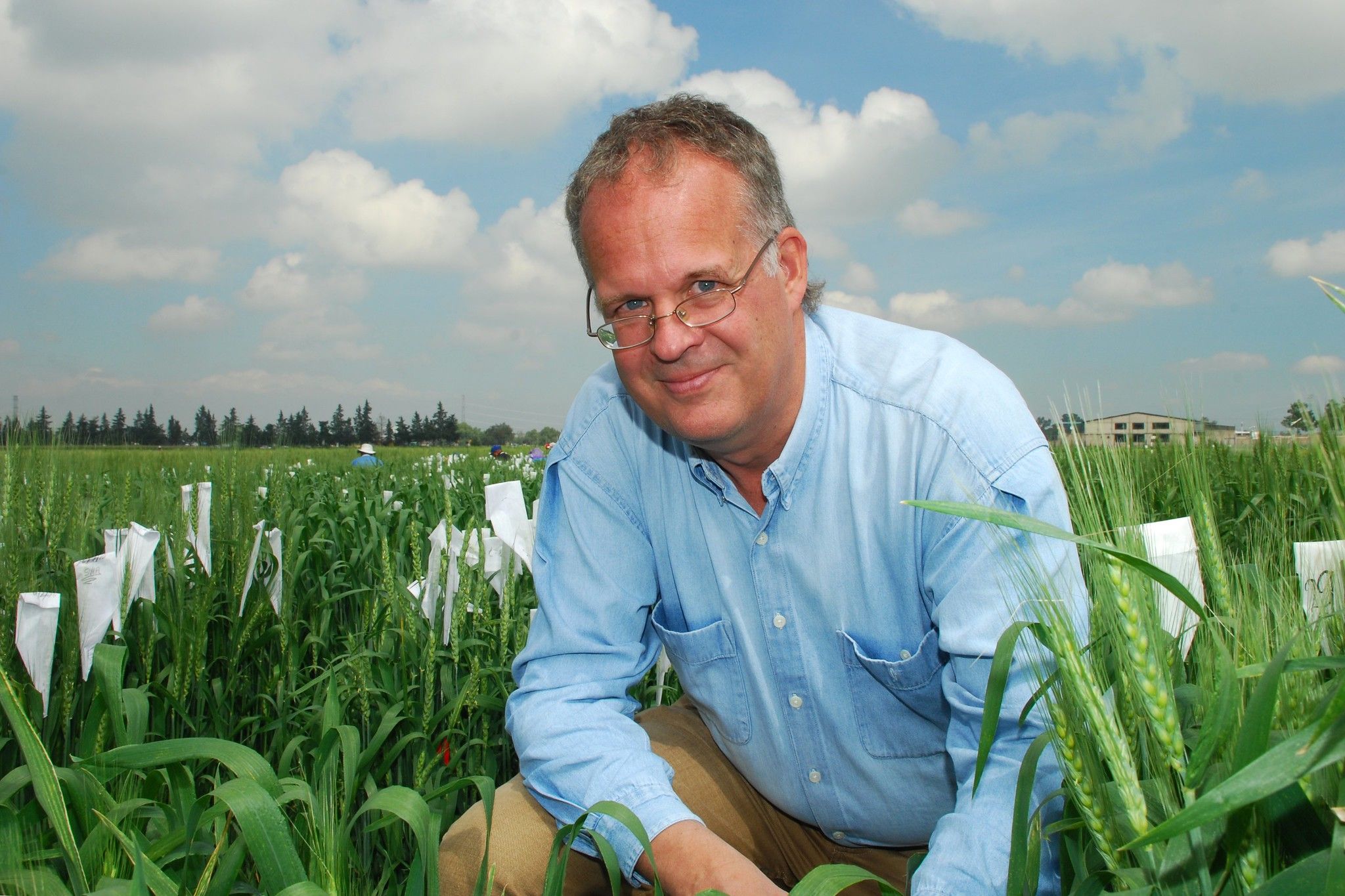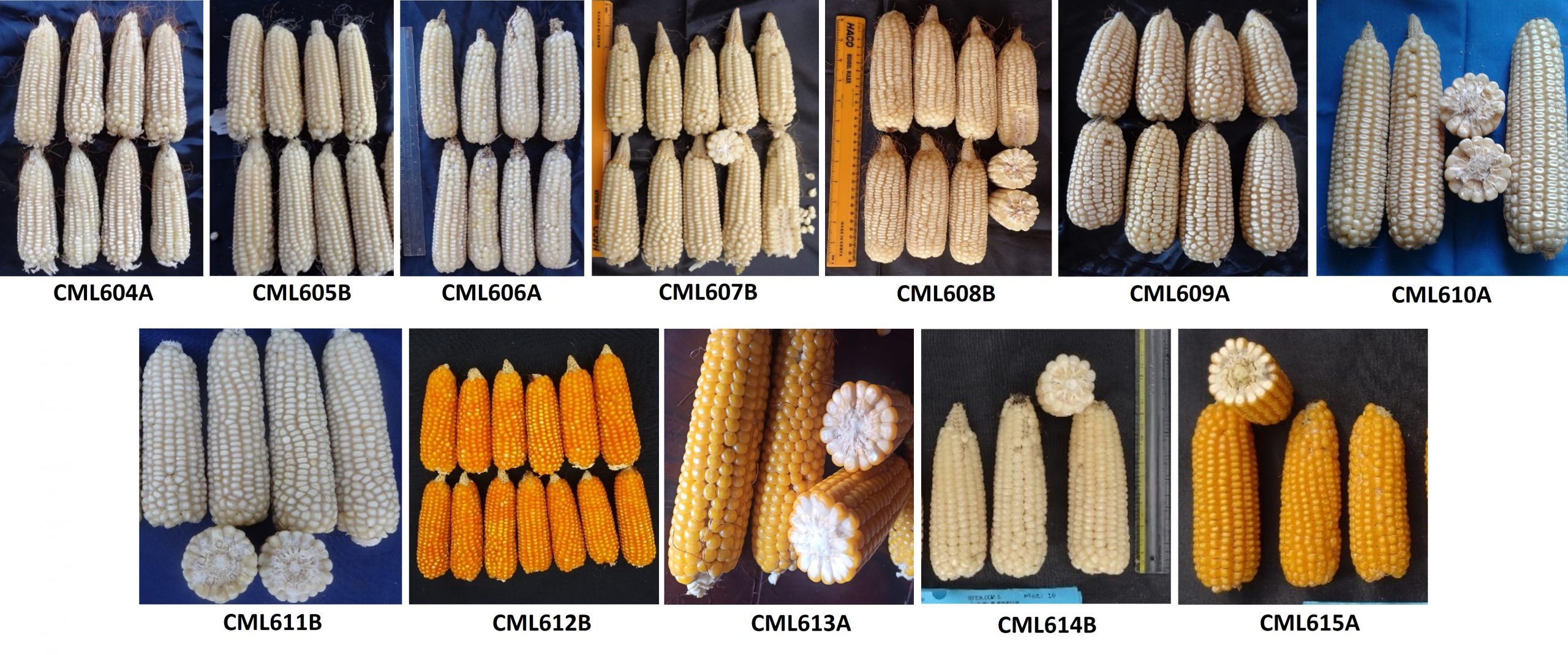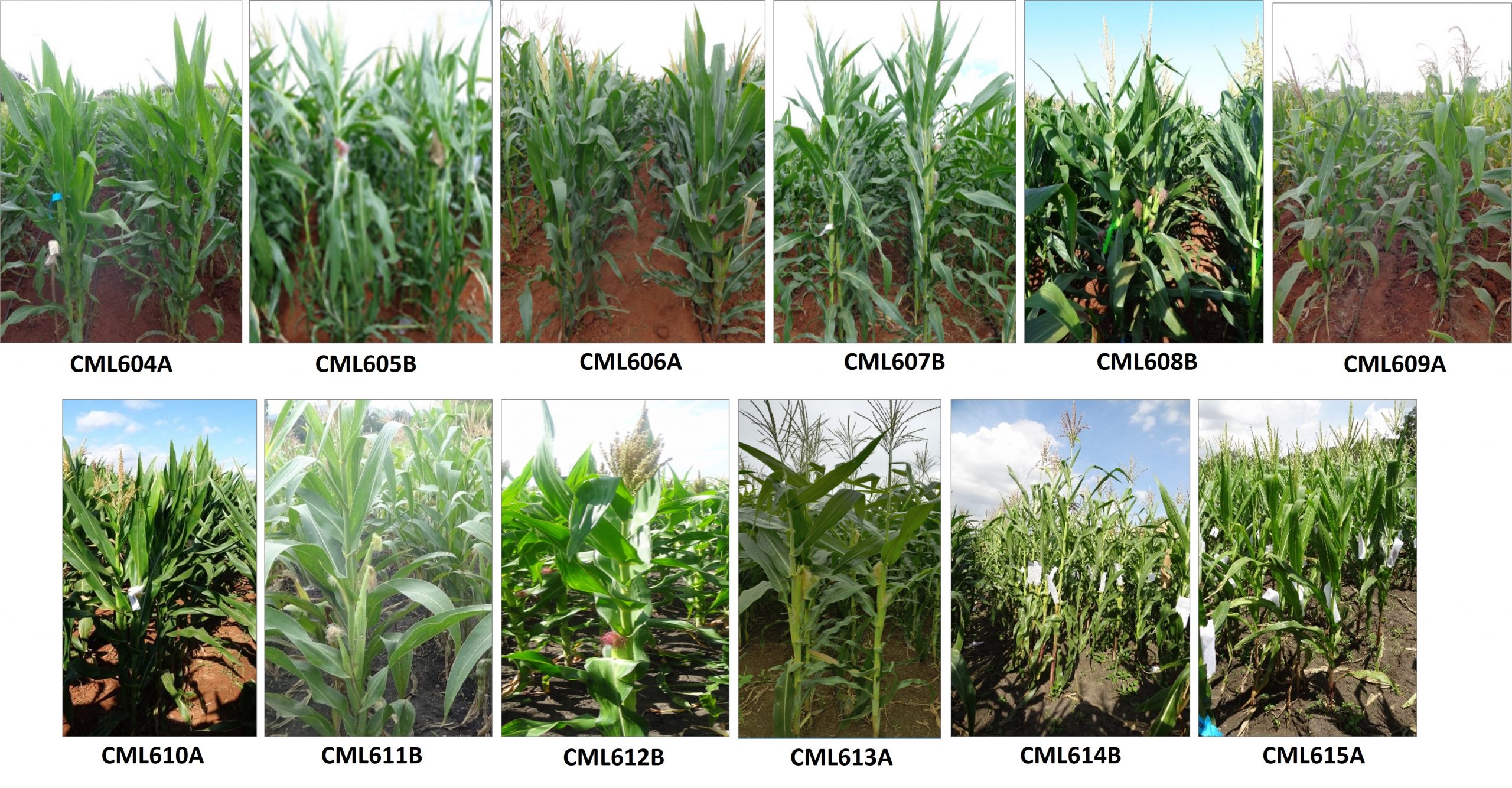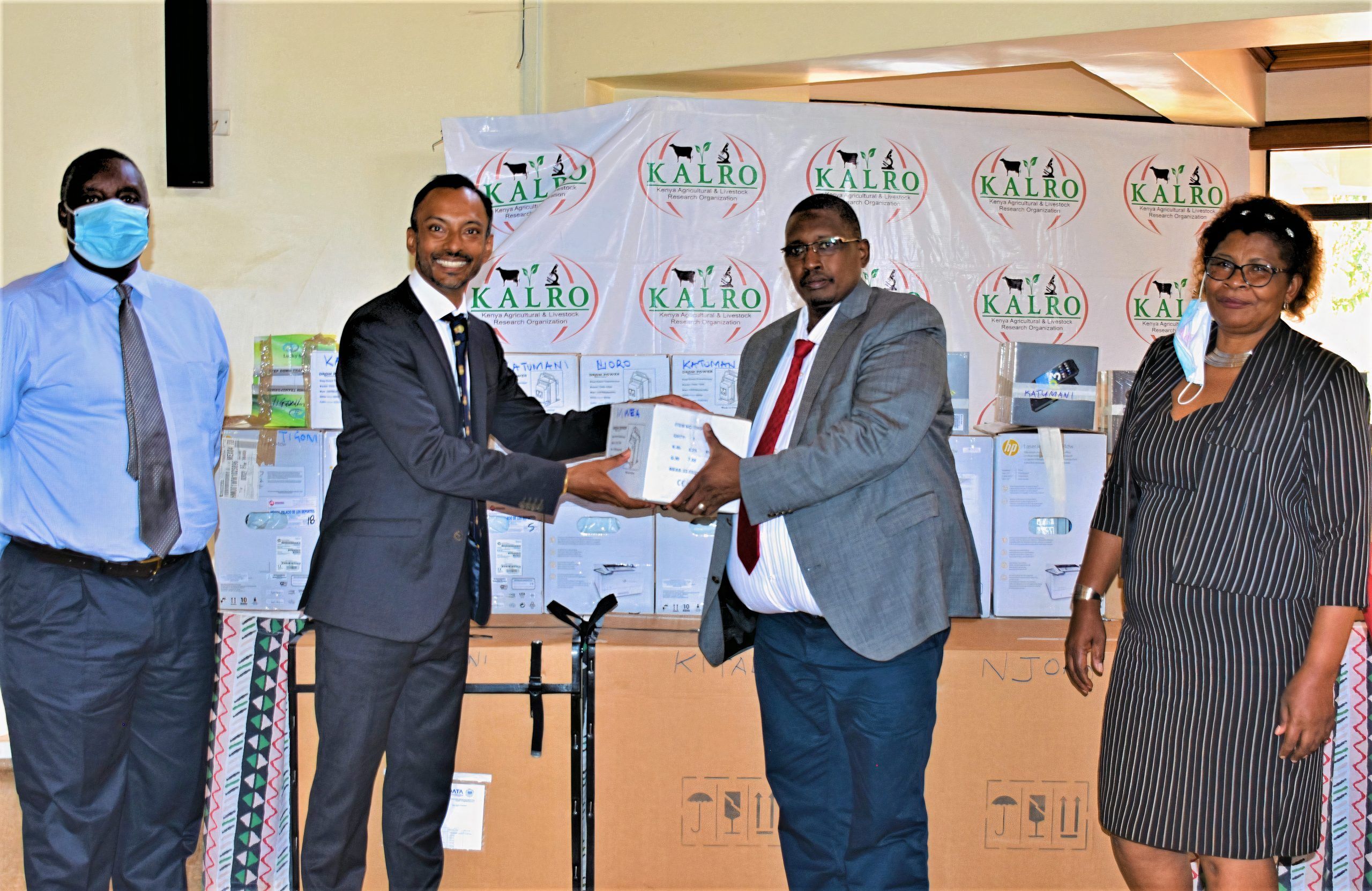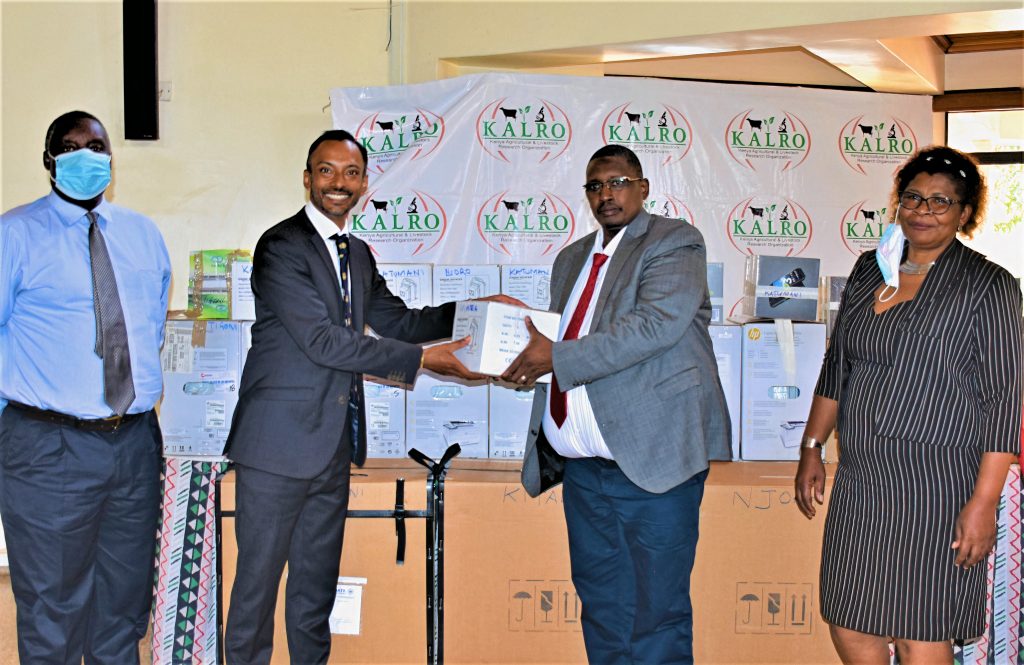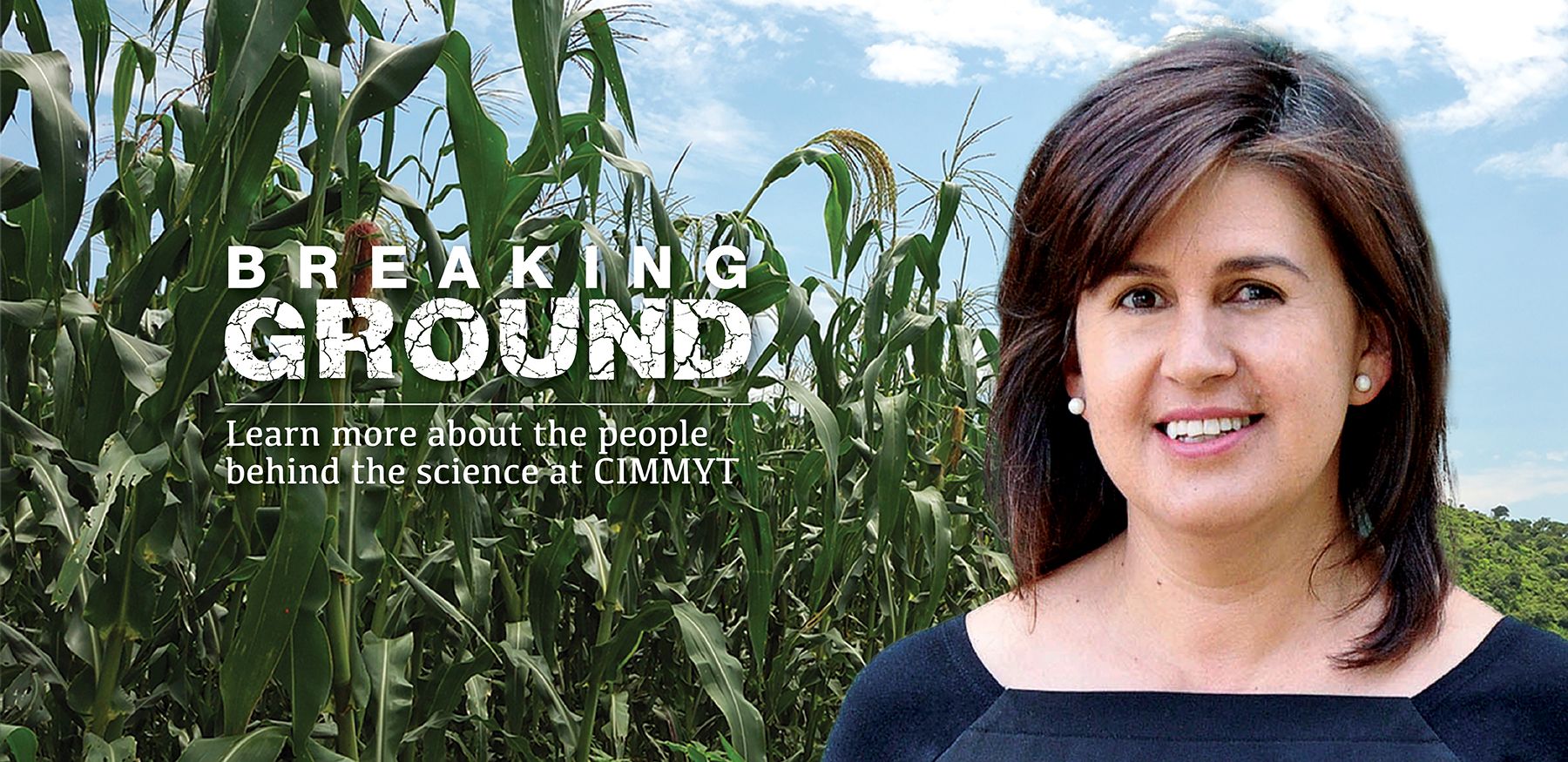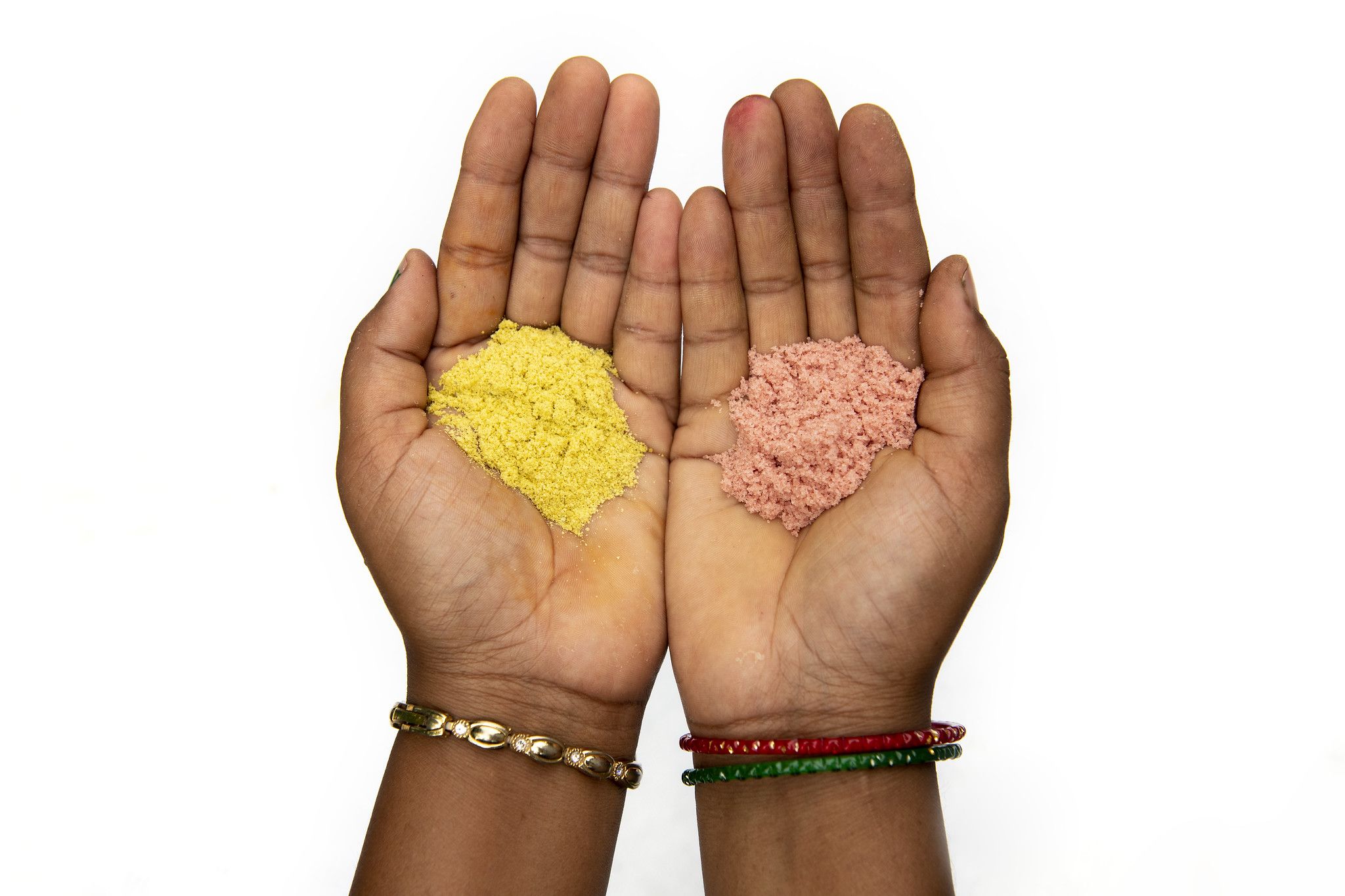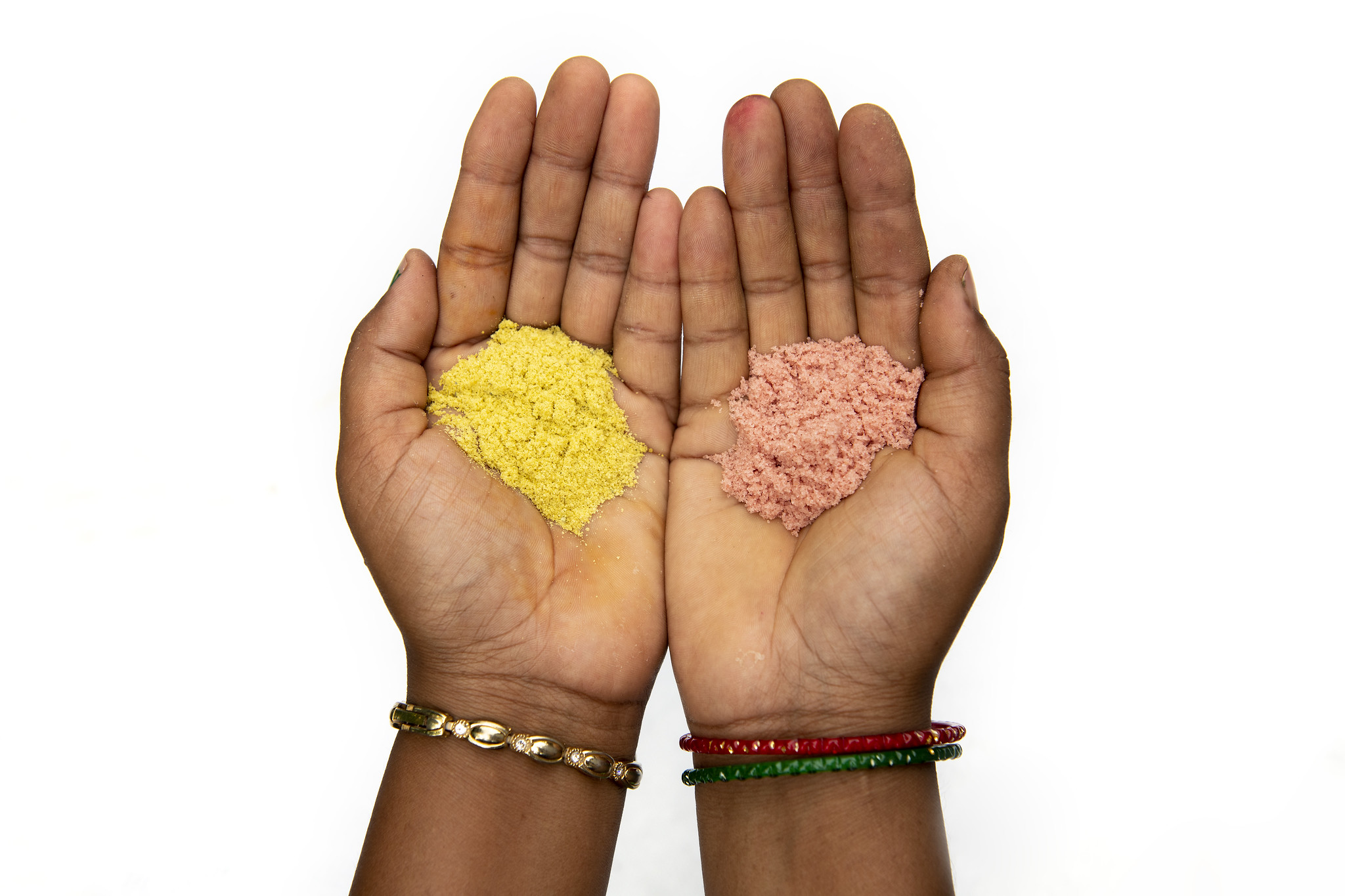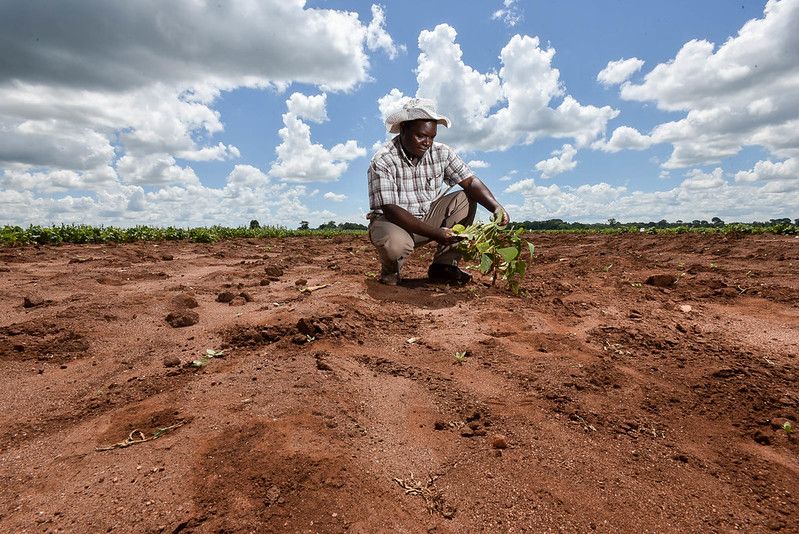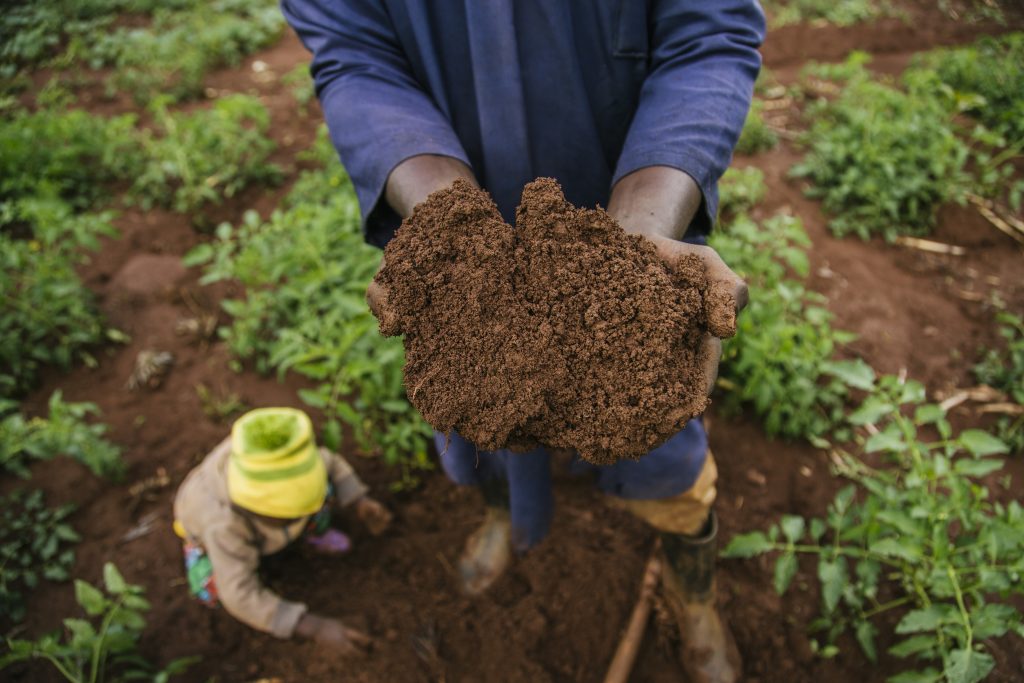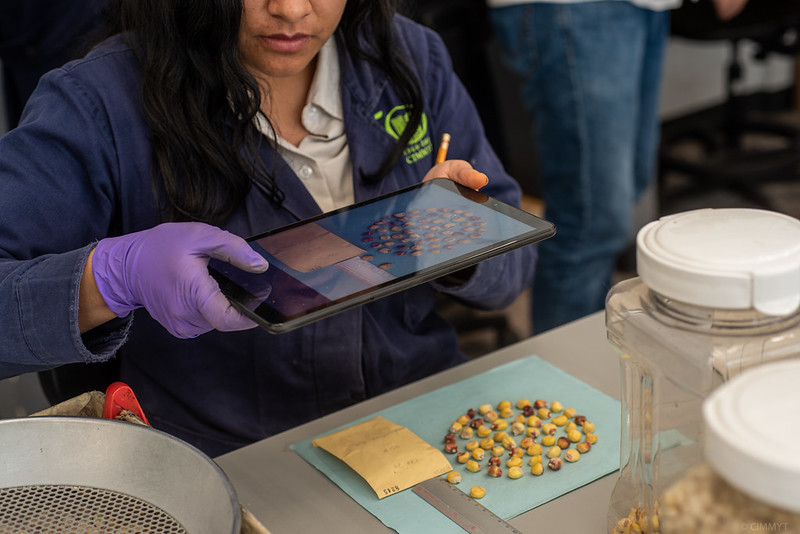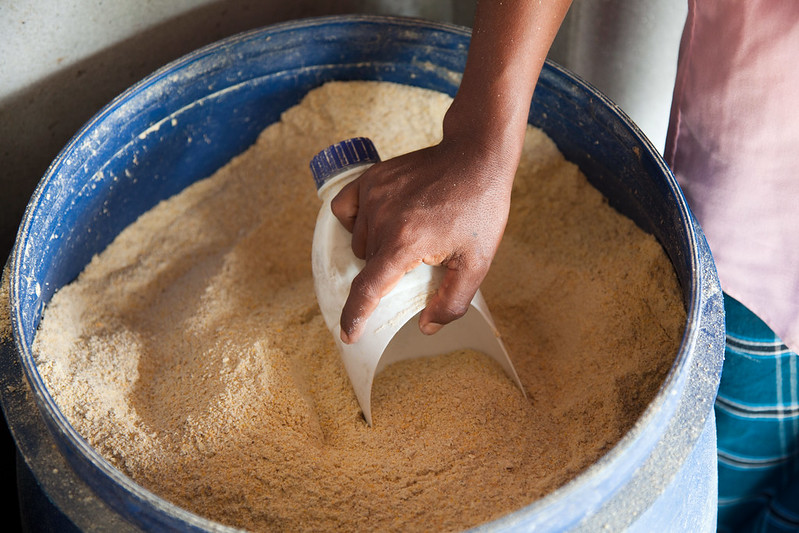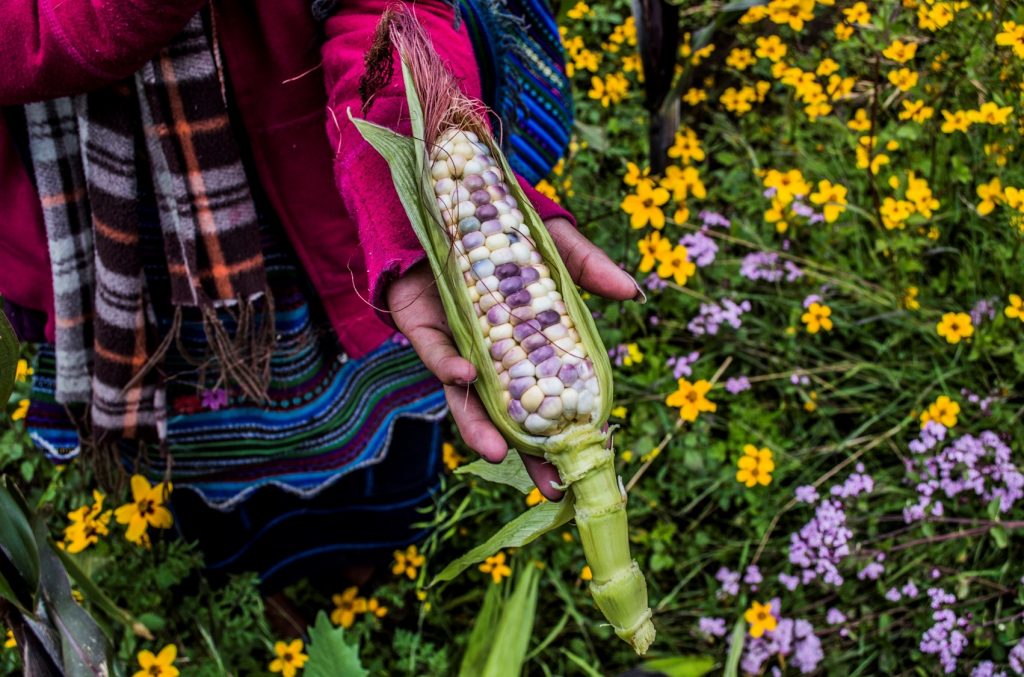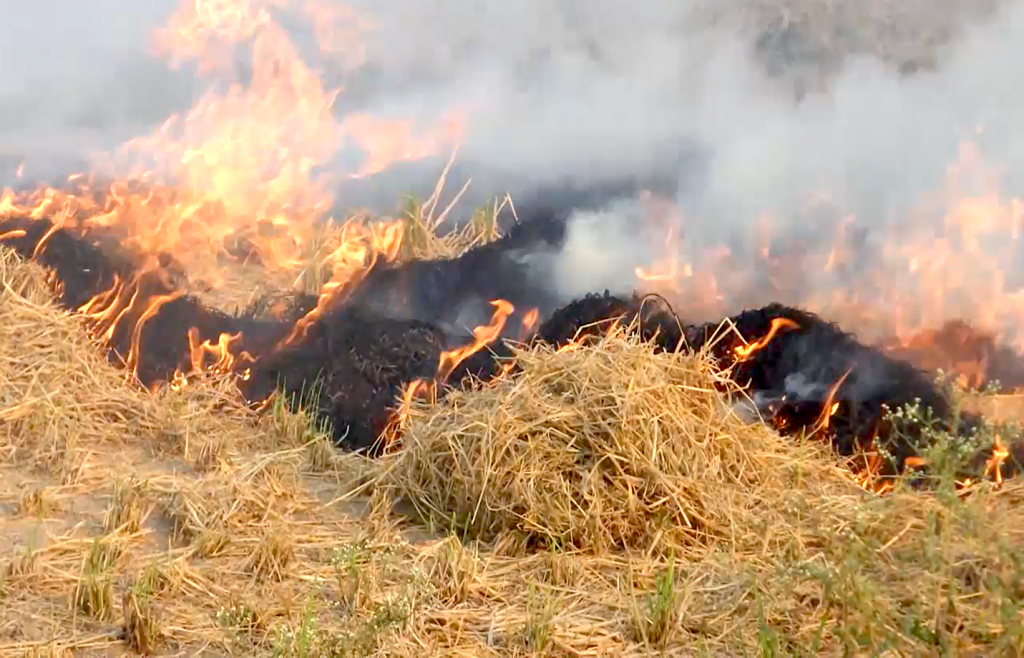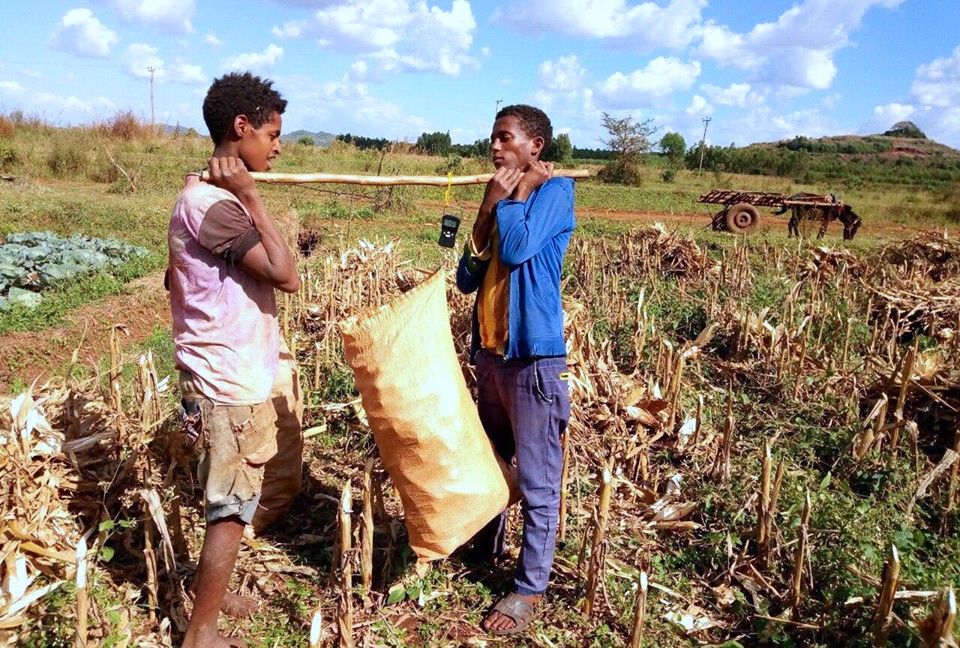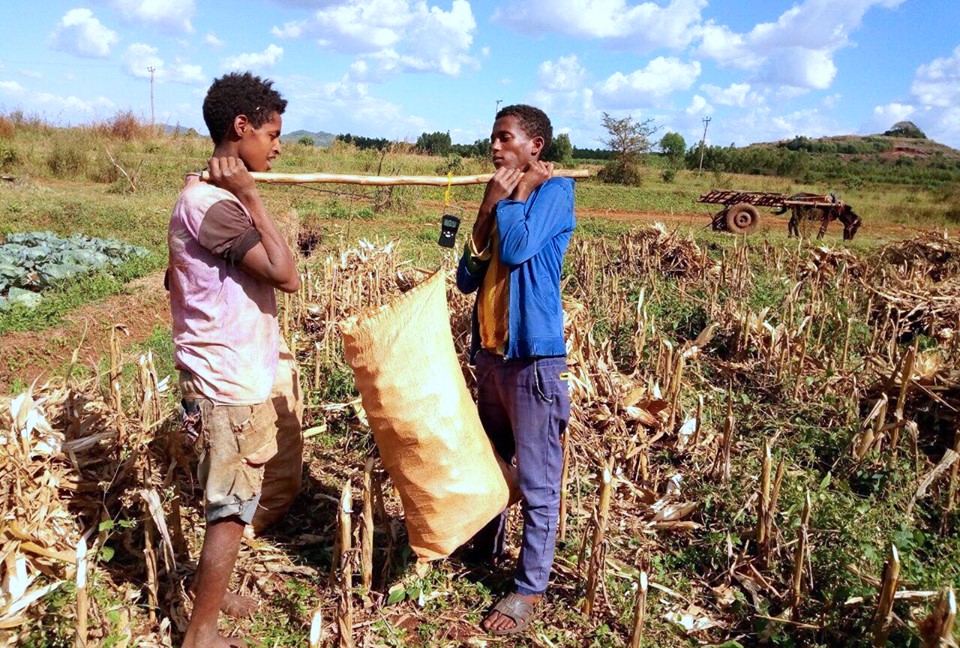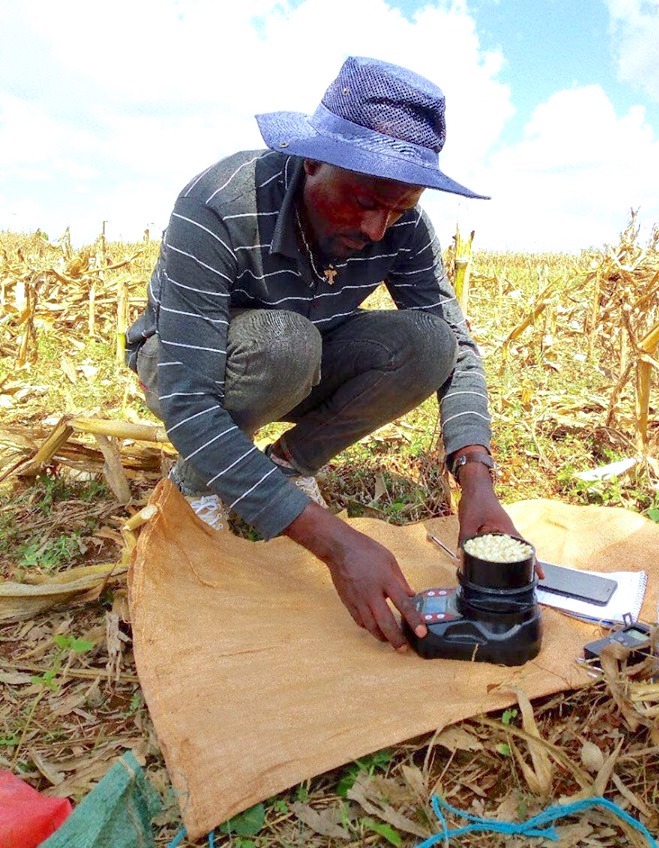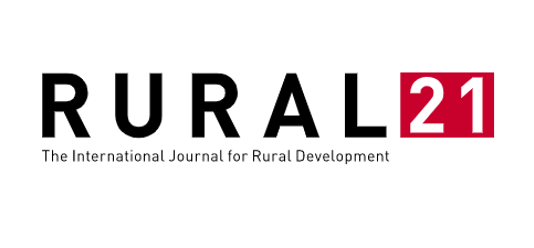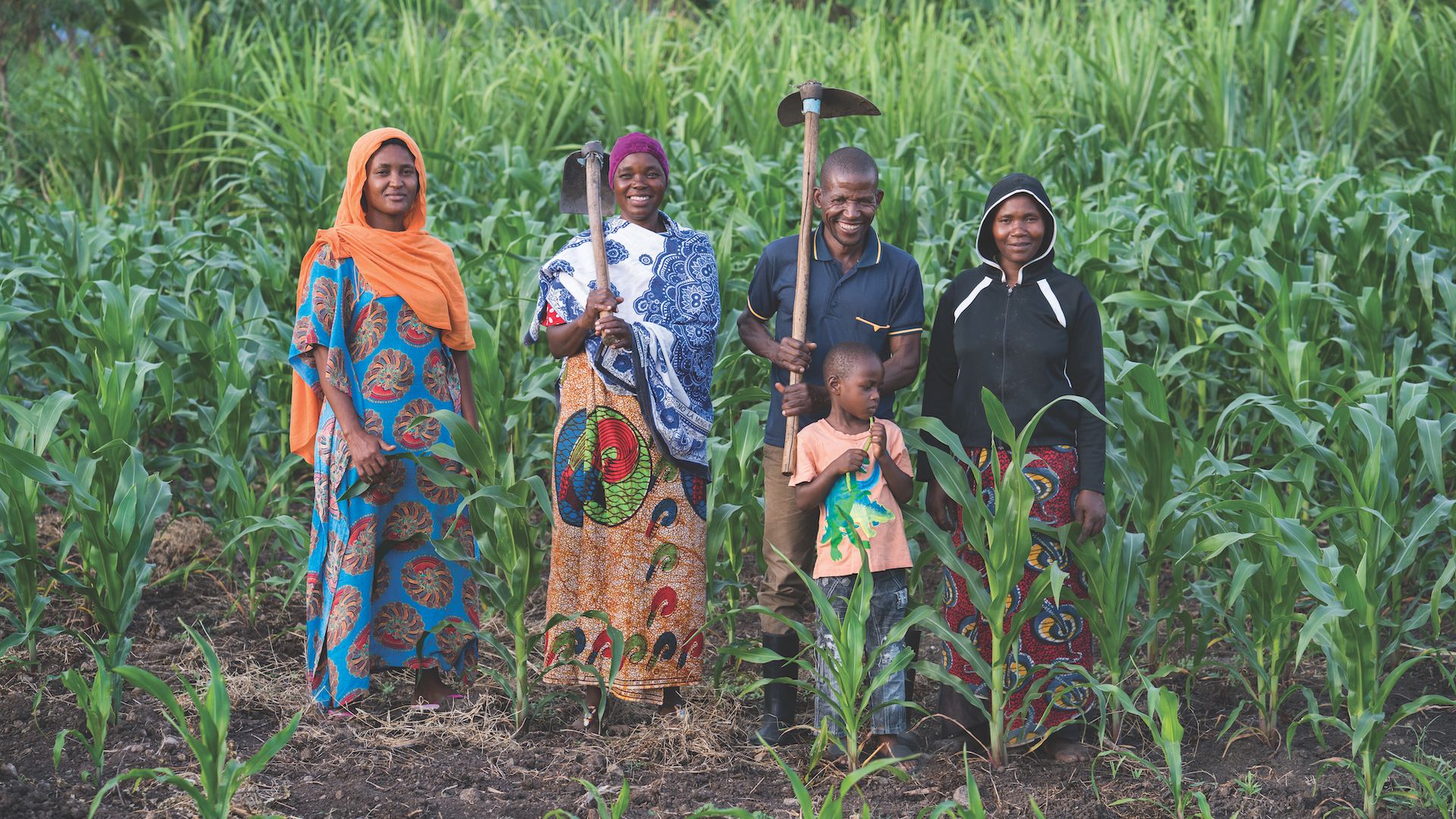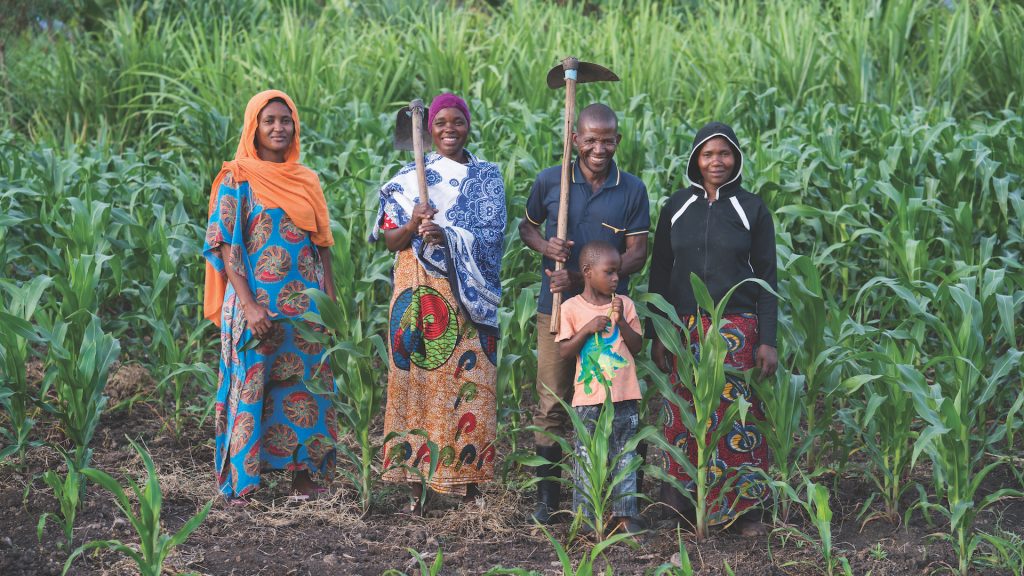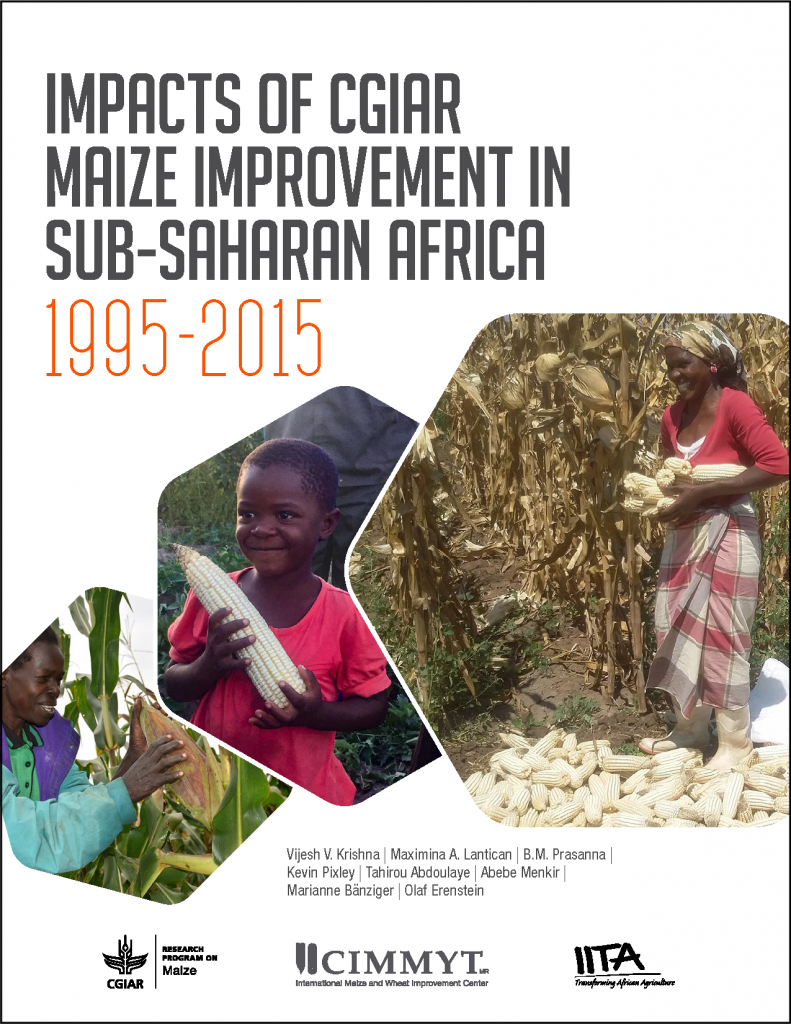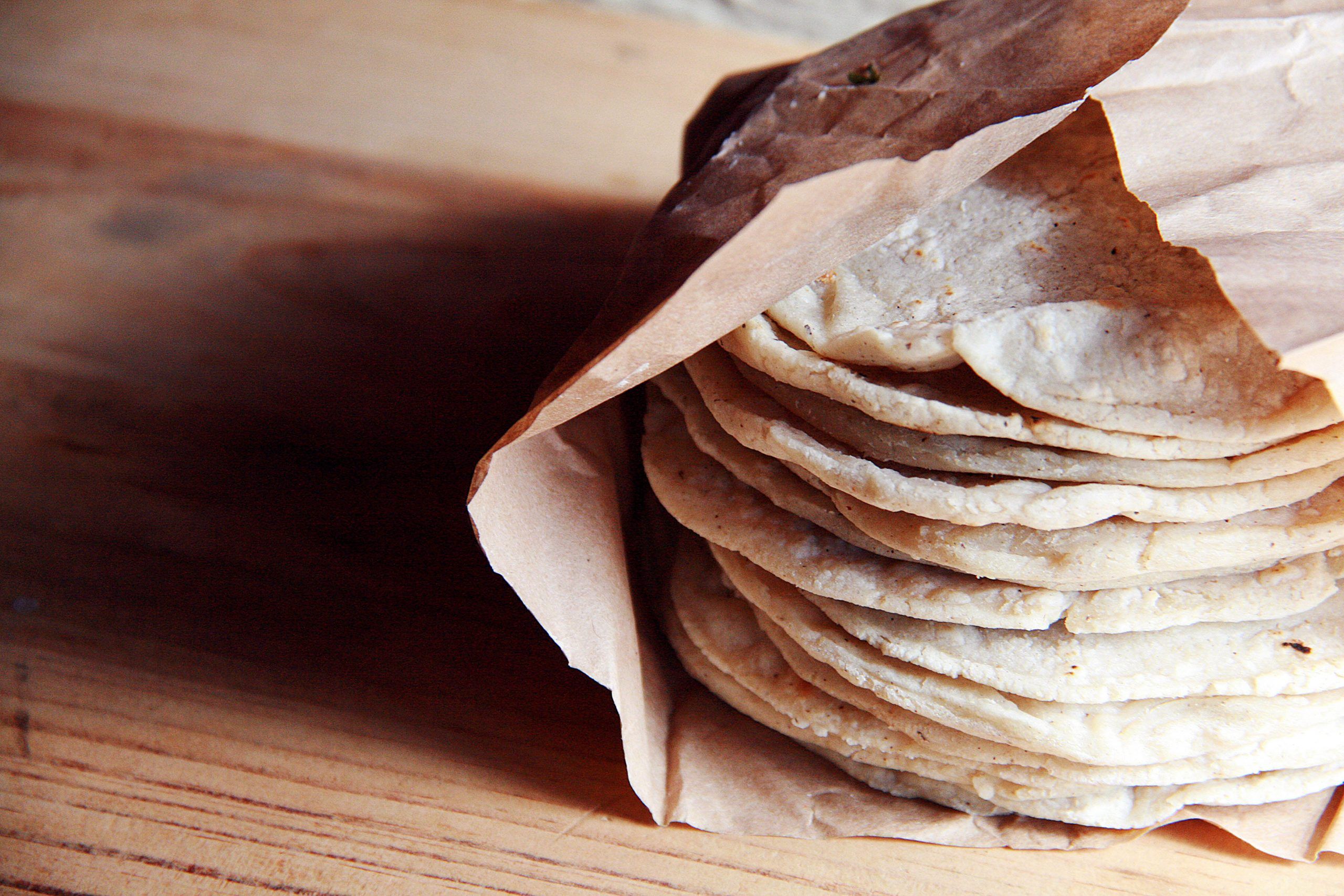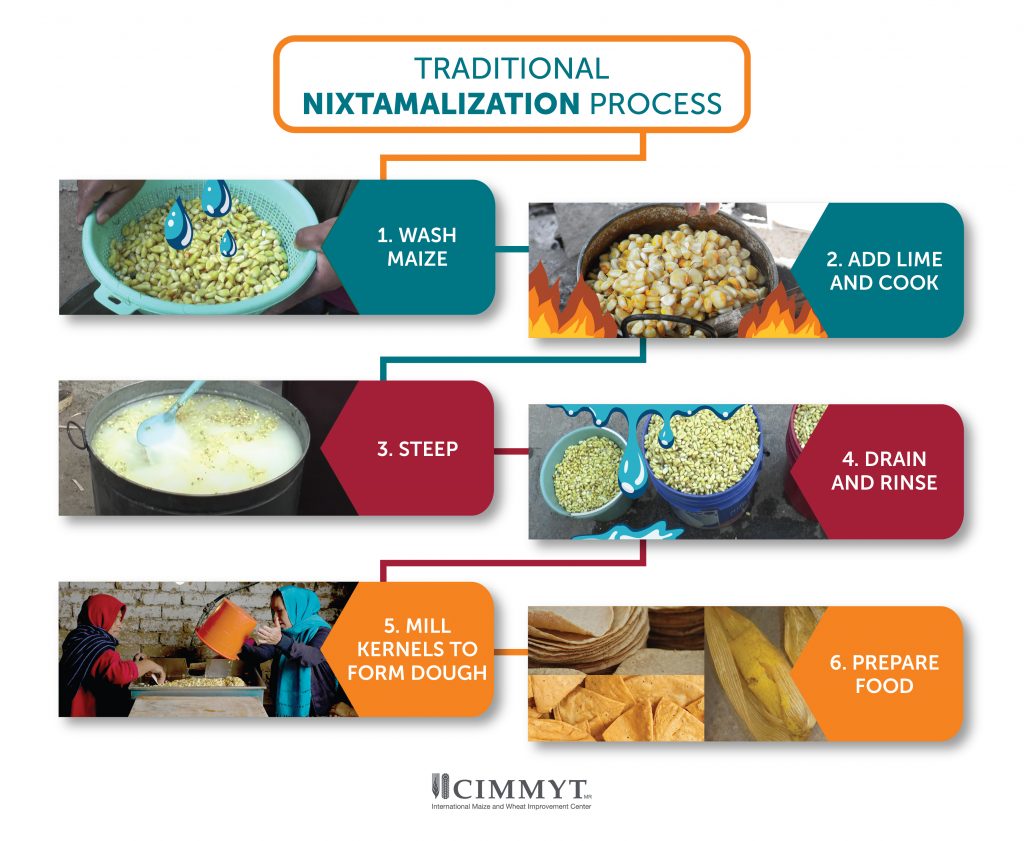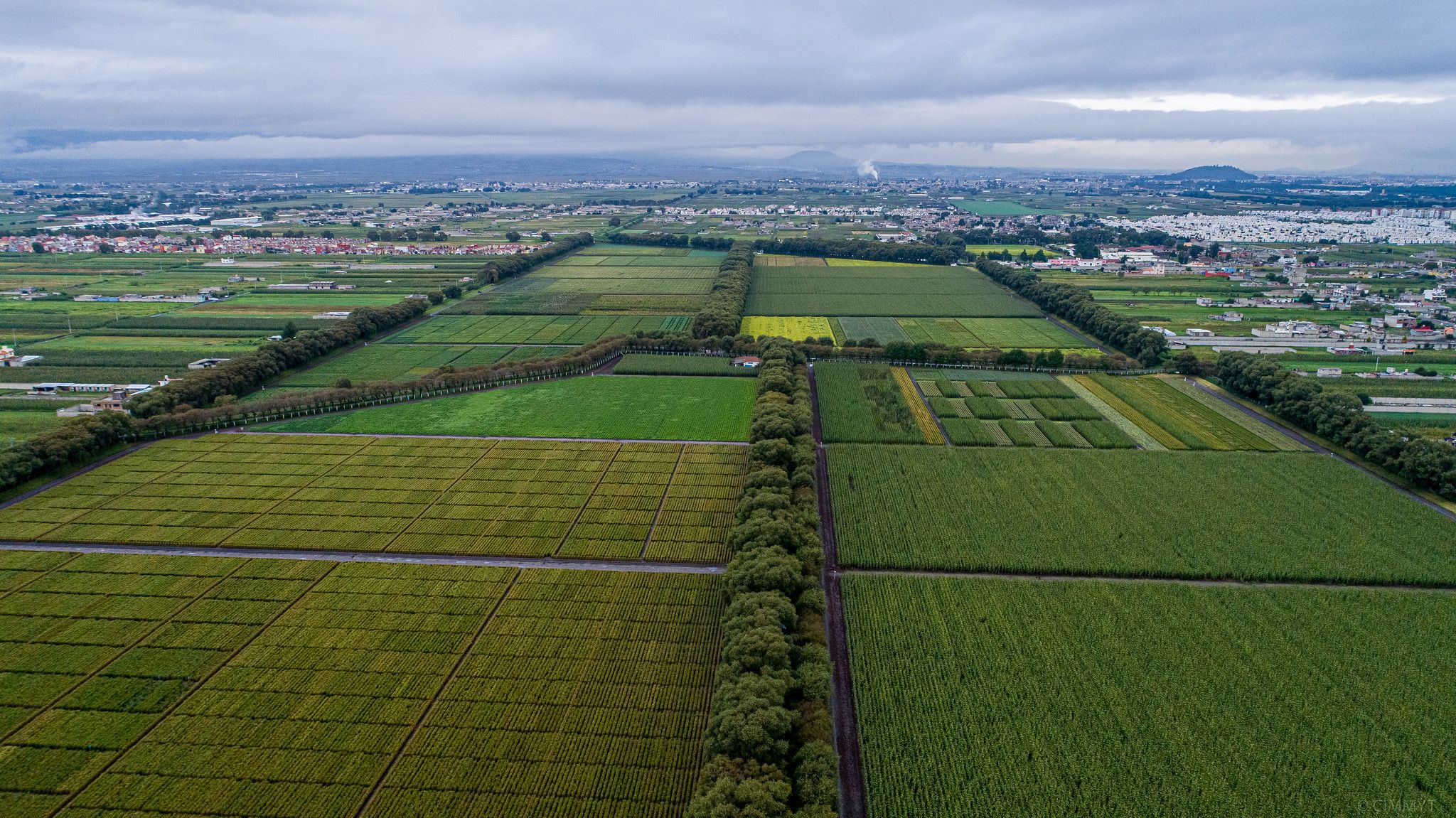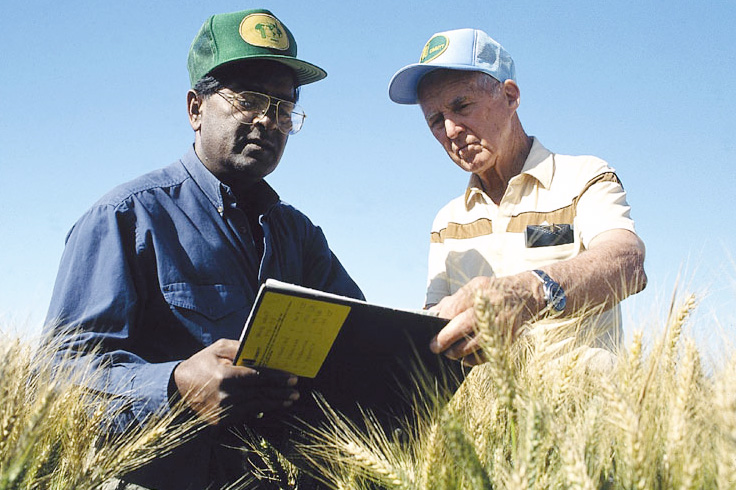A conservation conversation
Germplasm banks around the world are protectors of genetic diversity, altogether preserving roughly 700,000 samples of wheat varieties from fields far and wide. Thomas (Tom) Payne, the head of CIMMYTs Wheat Germplasm Collection, or genebank, manages the Mexico-based collection of nearly 150,000 accessions from over 100 countries. He has been affiliated with CIMMYT since 1988, and has dedicated his career to wheat improvement and conservation, working in Ethiopia, Mexico, Syria, Turkey and Zimbabwe. In addition to managing the genebank, he is the chair of the CGIAR Genebank Managers Group, has served as secretary to the CIMMYT Board of Trustees, manages the CIMMYT International Wheat Improvement Network and was awarded the Frank N. Meyer Medal for Plant Genetic Resources in 2019.
In advance of his retirement in July 2021, CIMMYT senior scientist Carolina Saint Pierre sat down with Tom Payne over Zoom to ask him a few questions from the wheat breeding team about his lifetime of experience in wheat biodiversity conservation.
What is your favorite Triticum species?
Triticum aestivum, bread wheat, is my favorite. Bread wheat feeds around 2.7 billion people worldwide. In fact, more food products are made from wheat than from any other cereal. An interesting detail about Triticum aestivum, however, is that it’s a hexaploid, meaning that it is a distinct species formed from three separate species. The inherent genetic diversity resulting from its three ancestral species and its ability to naturally incorporate genetic diversity from other species gives breeders a broad palette of genetic diversity to work with for current and future needs.
How can genebank managers of vital food crops add diversity to existing collections?
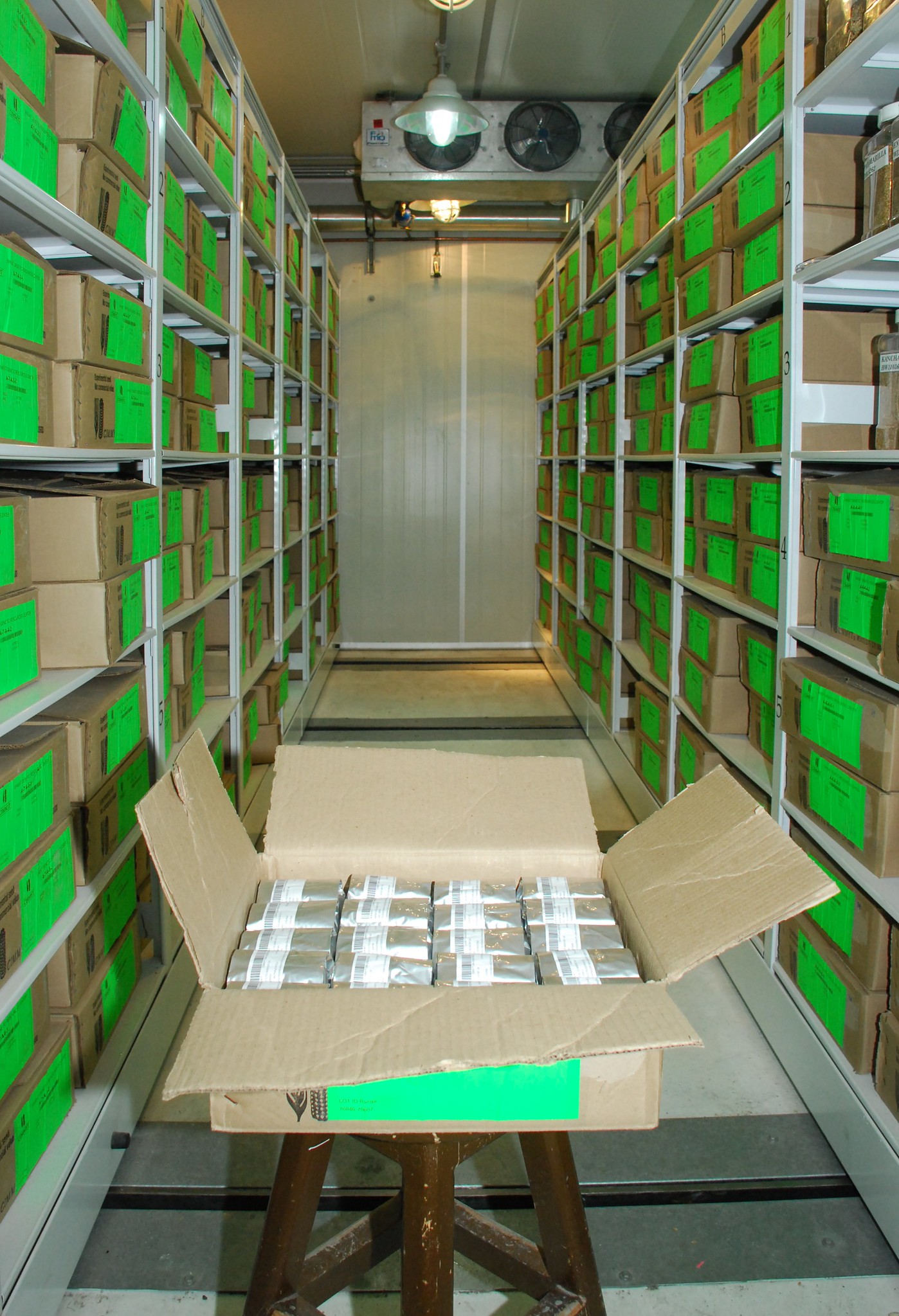
There are many vital genebanks, with community, national, regional, and international affiliations. Harmonization of these efforts into a global conservation network is needed. In wheat, for example, we do not adequately understand the diversity of the crop’s wild relatives. A recent study from Kansas State University observed that two thirds of the accessions of Aegilops tauschii held by several key collections were duplicates. This is an alarm to the global wheat community. The ex-situ collection of a critical species is less representative and more vulnerable than the sheer number of accessions would imply. We need to conduct a thorough characterization of all crop wild relatives to assess the risks to diversity, and a gap analysis of newly collected materials to ensure that their long-term conservation adds unique diversity to existing collections.
Which of the Triticum species that you store in the CIMMYT wheat genebank should, in your opinion, be explored much more?
Species that can readily cross with cultivated wheat, both bread wheat and durum wheat, should have intensified conservation and characterization efforts. Examples of these include Triticum monococcum subspecies monococcum (Einkorn) and Triticum turgidum subspecies dicoccon (Emmer).
What were the most surprising results from the genetic diversity analyses of nearly 80,000 wheat accessions from the CIMMYT genebank?
Modern, molecular genetic tools confirmed, for the most part, the centuries-old Linnaean taxonomic classification of Triticum and Aegilops species. There are generally two broad schools of taxonomists, “lumpers” and “splitters.” The former groups species based on a few common characteristics, and the latter defines multiple taxa based on many traits. The Seeds of Discovery work, in partnership with Michiel van Slageren from Kew Gardens, is confirming the salient taxonomy of the Triticum genus. Van Slageren previously studied and published a taxonomic monograph on the wheat ancestral Aegilops genus.
How can a genebank managers help in pre-breeding?
Maintaining native genetic diversity for use in the future is an important role that genebank managers play in pre-breeding and applied breeding processes. Furthermore, the identification of rare and odd variation plays an important role in understanding trait expression. Genebank managers are now gaining a stronger understanding of the genetic representativeness of their collections, and they can identify where gaps in the conserved genetic diversity may exist. A better understanding of the collections will enable their sustainable conservation and use.
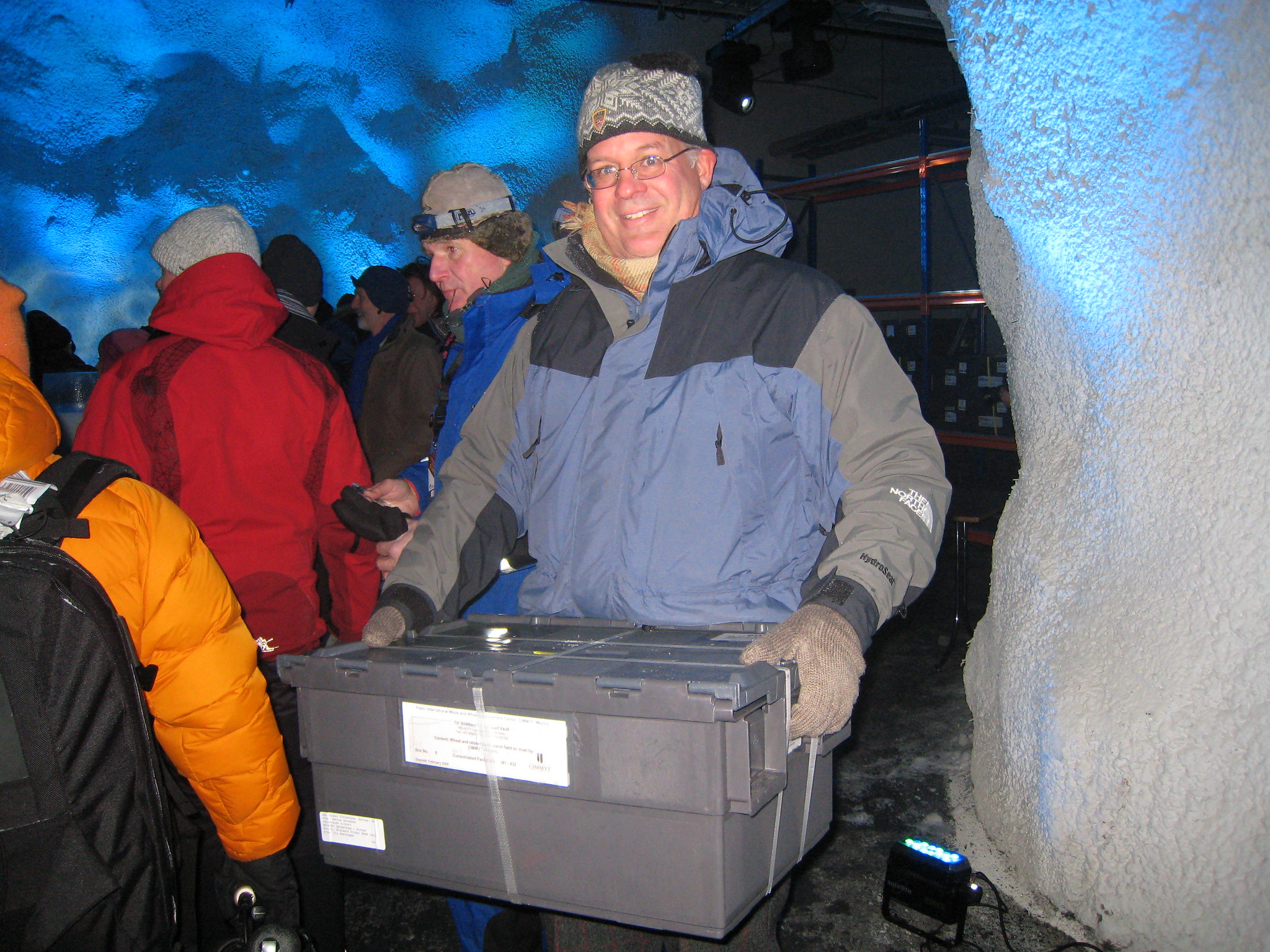
What would you consider the biggest challenge when striving for genetic diversity in breeding wheat for the future?
CIMMYT and other CGIAR Centers are rightfully proud of their stewardship of global public goods, and the free access to and distribution of germplasm and information. Yet outside of the CGIAR, the two-way sharing of germplasm and knowledge is often still not realized by many crop communities. International agreements have attempted to bridge recognition of intellectual property rights with guaranteed access and benefit-sharing mechanisms. However, the playing field remains uneven between public and private organizations due to varied levels of investment and exclusivity, access to technology and information, and marketability.
What is one way we can ensure long-term conservation of staple crops around the world?
In the past few years, several internationally renowned germplasm collections have been destroyed due to civil conflicts, natural disasters and fires — for example in Aleppo, Cape Town and Sao Paulo. Each time, we hear what a shame it was that the destroyed heritage was lost, that it was irreplaceable and beyond value. When a genebank loses an accession, the ancestral lineage extending hundreds of generations becomes permanently extinct. Genebank managers recognize this threat, and hence duplicate samples of all accessions are now slowly being sent to the Global Seed Vault in Svalbard for long-term preservation.
Cover photo: Tom Payne, Wheat Germplasm Collections & International Wheat Improvement Network Manager. (Photo: X. Fonseca/CIMMYT)
